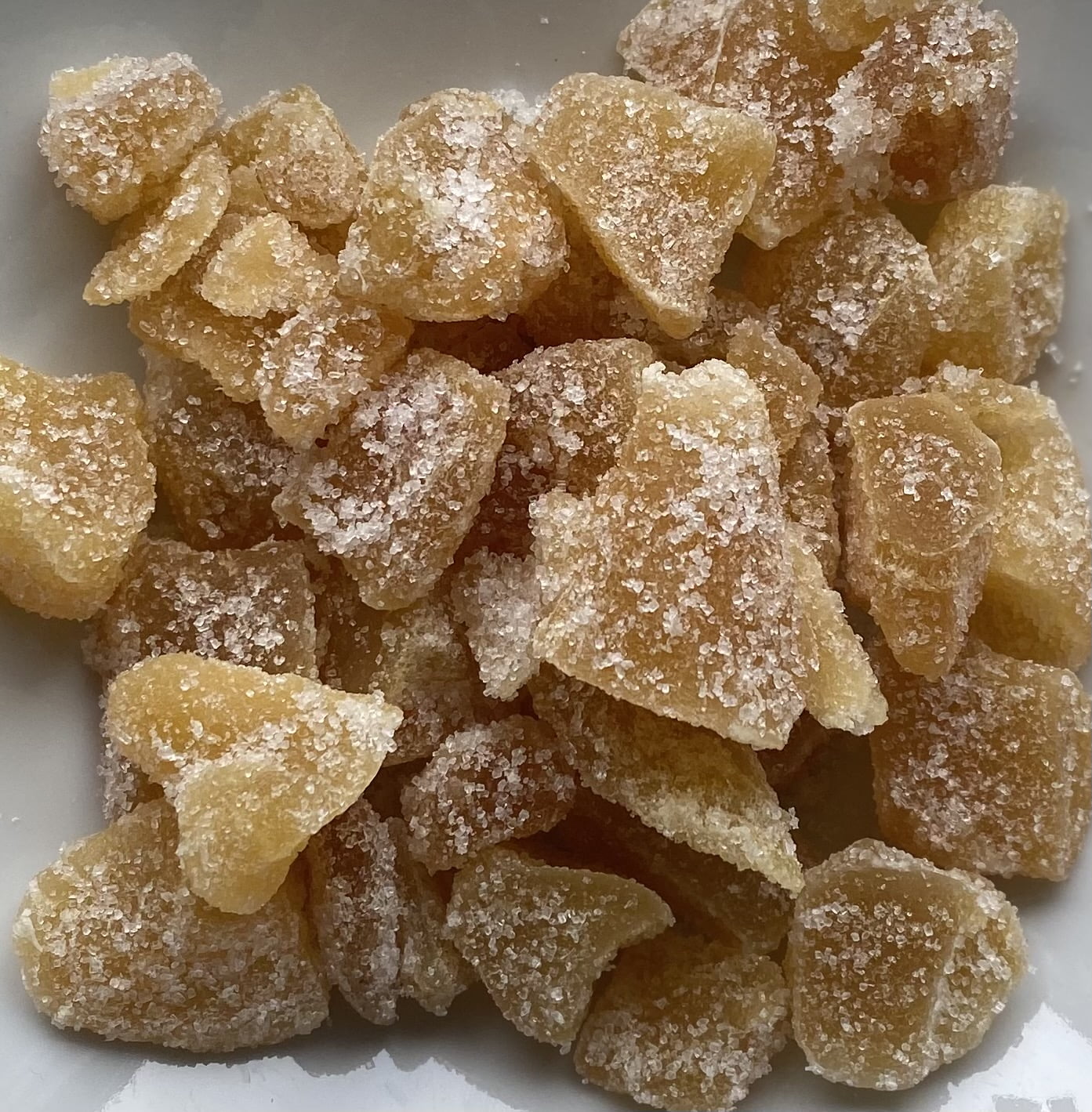

Known is then the ginger juice, simply by grating the fresh spice you will receive a precious juice that you can use on your dishes (salads, mixture of vegetables and meat. One of the pairings that we like the most is ginger and turmeric: the combo of these two fresh roots together is unsurpassed, for tastes and benefits to the body. \n There are many recipes that you can try in the kitchen using this spice. Ginger is \"modestly effective and reasonably safe\" for treating inflammation associated with osteoarthritis.\nĪmong other uses, it includes reducing cholesterol, reducing the risk of blood clotting, and maintaining healthy blood sugar levels. \nįor many, dried or fresh ginger also has aphrodisiac properties.\n In the kitchen\n This spice has been used for centuries to reduce inflammation and treat inflammatory conditions. Ginger has also been found to reduce the symptoms of dysmenorrhea, the severe pain some women experience during a menstrual cycle.\n One study found that daily ginger supplementation reduced exercise-induced muscle pain by 25 percent.\n This is a soothing natural remedy for colds or flu.\n

It is diaphoretic, which means that it promotes sweating, working to warm the body from the inside.\n The above can also be associated with pregnancy nausea. \nĭuring the cold weather, drinking ginger tea is a good way to stay warm. It is believed that chewing raw ginger or drinking ginger tea is ideal for solving this problem. Ginger also turns out to be a common remedy for nausea. This suggests that ginger could help prevent colon cancer and constipation.\n The phenolic compounds in ginger help relieve gastrointestinal (GI) irritation, stimulate saliva and bile production, and suppress gastric contractions as food and fluids move through the gastrointestinal tract. \nĪt the same time, ginger appears to have beneficial effects on the enzymes trypsin and pancreatic lipase and increase motility across the digestive tract. It is a remedy against dyspepsia, as it is able to act effectively on the entire digestive system, in cases of loss of appetite or slow and laborious digestion, flatulence, meteorism and intestinal swelling for its carminative properties.\n Recent studies have shown that ginger, thanks to its strong anti-inflammatory properties, relieves headaches, effectively reduces joint and muscle pain, rheumatism, gastritis and relieves inflammation of the stomach and esophagus. \nĪmong the beneficial effects ginger.: \n Stimulant of the immune system ginger has been used by Asian populations for millennia to fight colds and fevers. Rich in properties, Ginger, also known by the English name Ginger, contains: water, carbohydrates, proteins, amino acids, different mineral salts including manganese, calcium, phosphorus, sodium, potassium, magnesium, iron and zinc, B vitamins, vitamin E and essential oil. \nĭue to its properties, ginger is traditionally used as a digestive and bitter-tonic . We are talking about a very versatile spice: you can produce drinks, sweets and biscuits, infusions and natural medicines. Ginger, both grated and reduced to powder, has a delicious and slightly spicy flavor. Ginger, also known as Ginger, has a hint of lemon and lemongrass. The flowers are of a color between yellow and green while the seeds of the fruit are contained in a casing divided into three parts.

Native to India and Malaysia, this plant can reach one meter and fifty in height and is characterized by the branched rhizome, light brown outside and yellow inside, to which the lanceolate leaves cling. The ginger, Zingiber officinale Roscoe, is a perennial herbaceous plant of the Zingiberaceae family cultivated for its edible rhizome (underground stem) which is widely used as a spice.


 0 kommentar(er)
0 kommentar(er)
